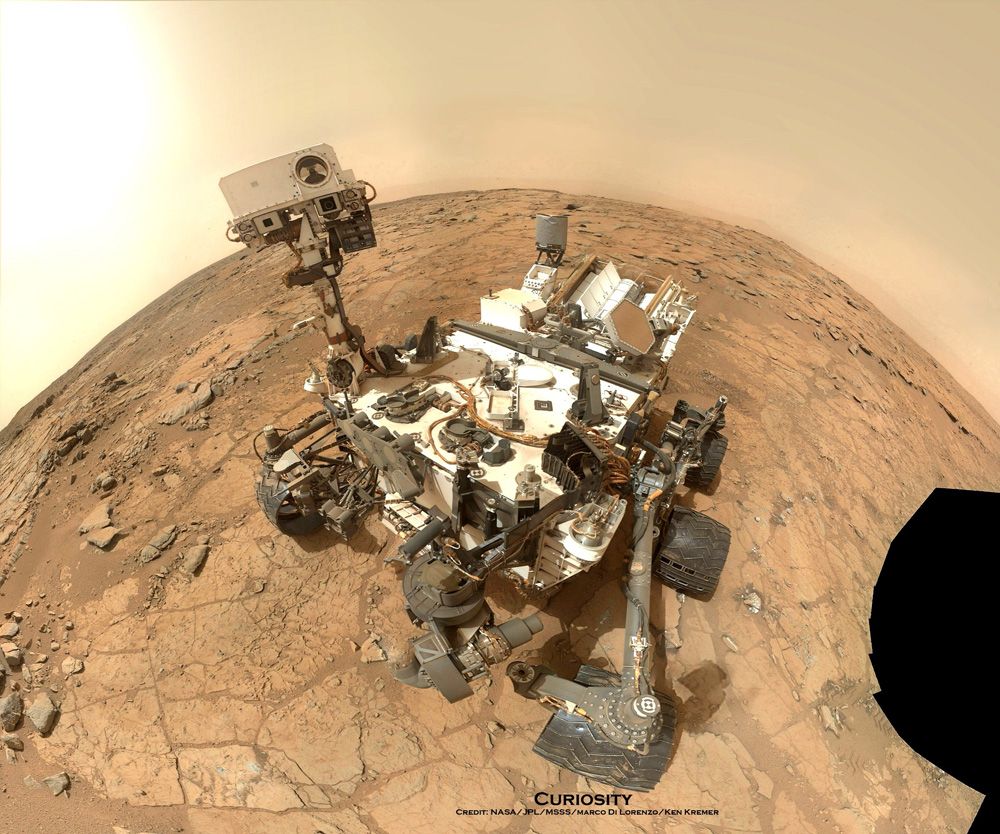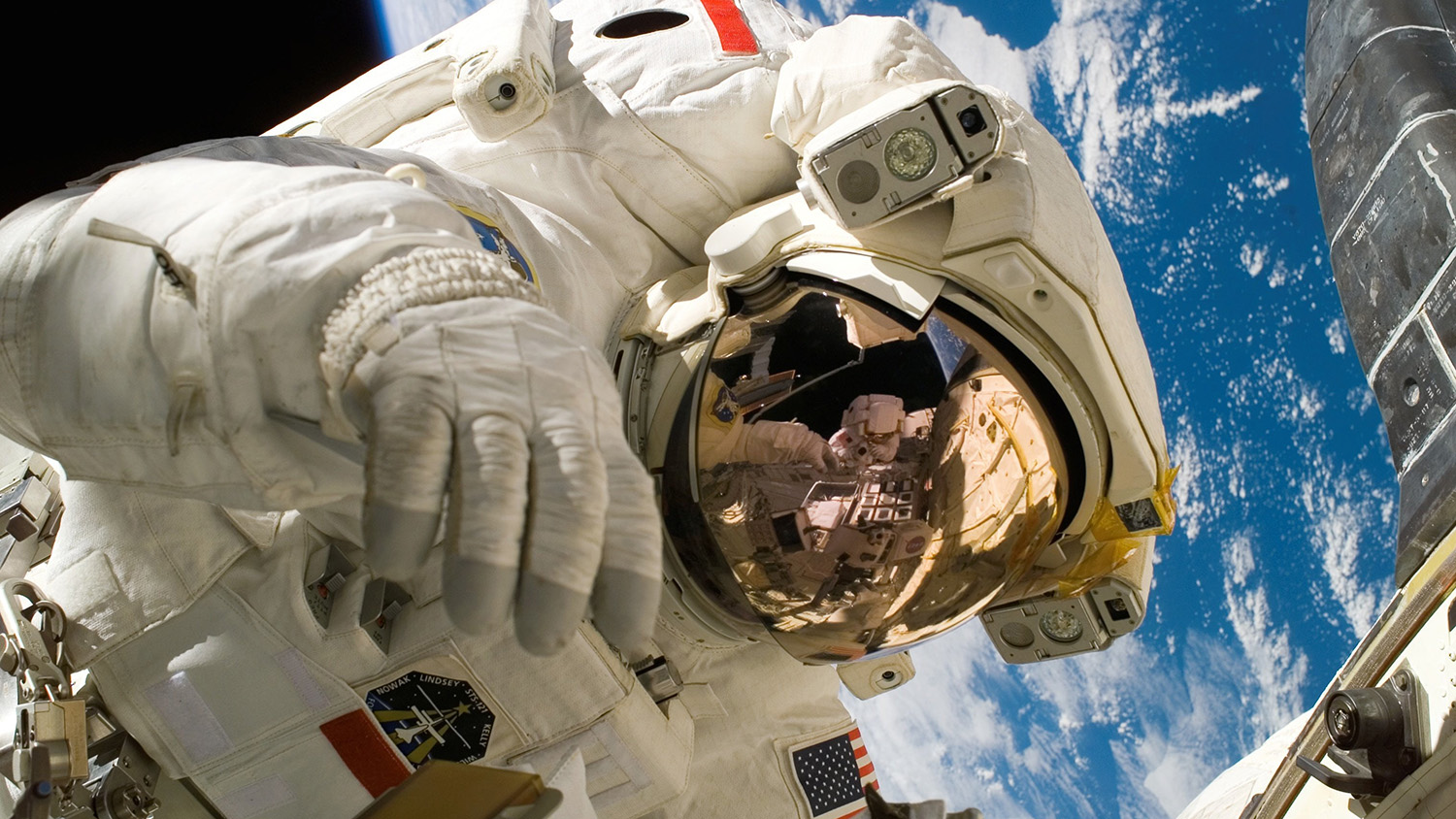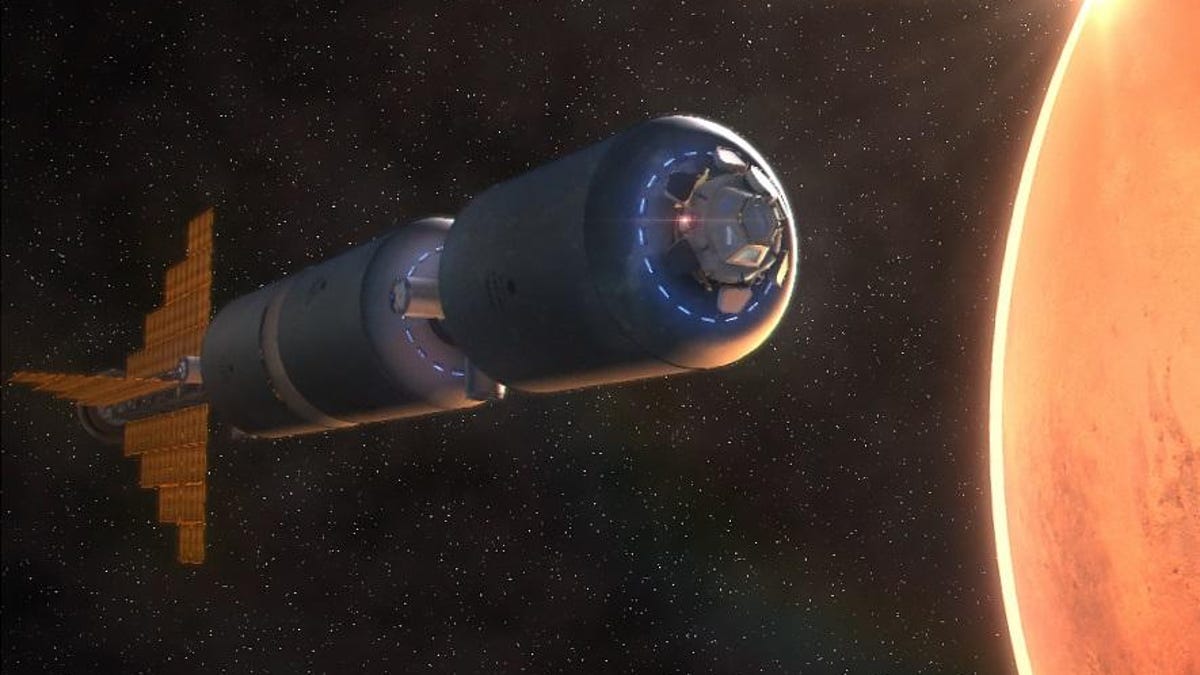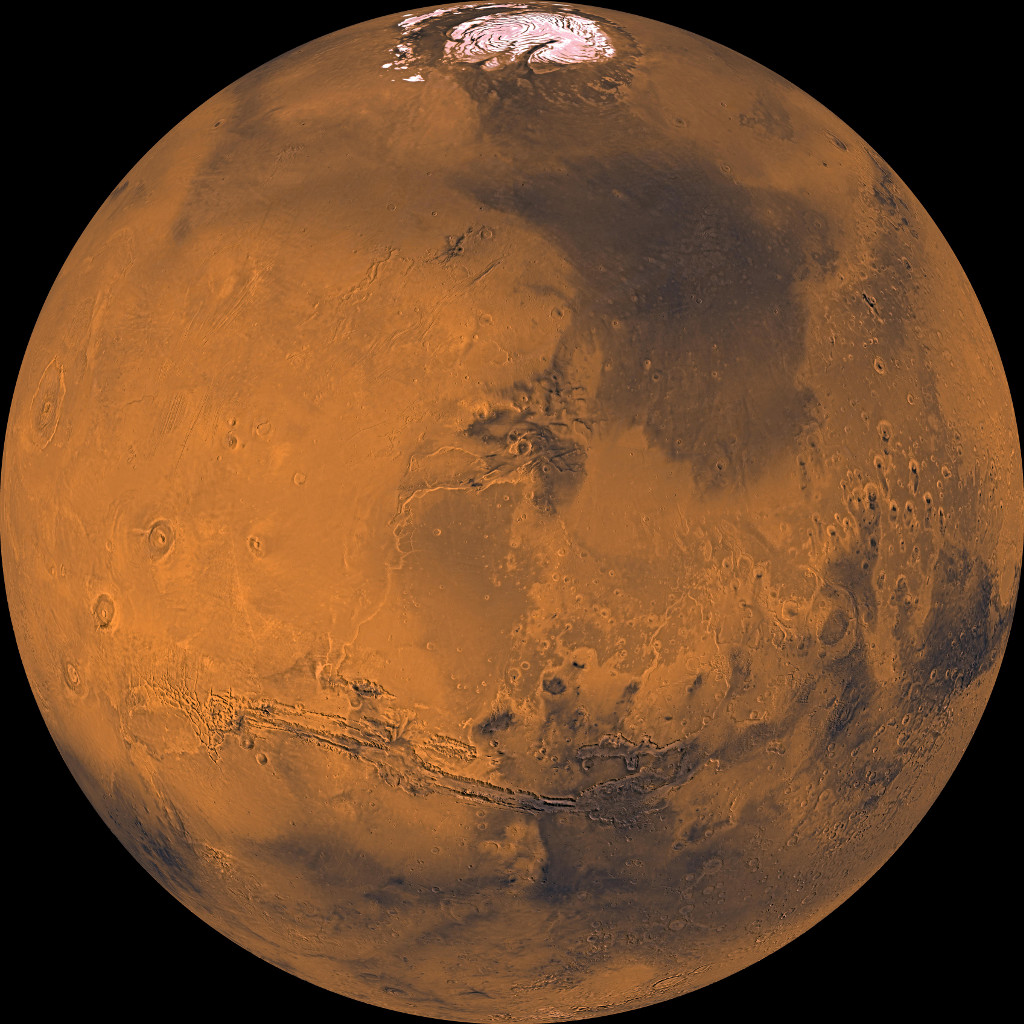“This would be the first time any of the children saw the surface. The colonists had built underground, using existing caves and lava tubes where possible, building and burying structures where necessary. This was to protect themselves from solar and cosmic radiation. On Earth, the atmosphere and magnetic field serve this purpose. But Mars has little of either, so dirt and rock filled the role.”
– from Scratching the Surface: Generation Mars, Prelude
A new paper explores lava tubes in the Hellas Planitia as possible habitats for humans.






